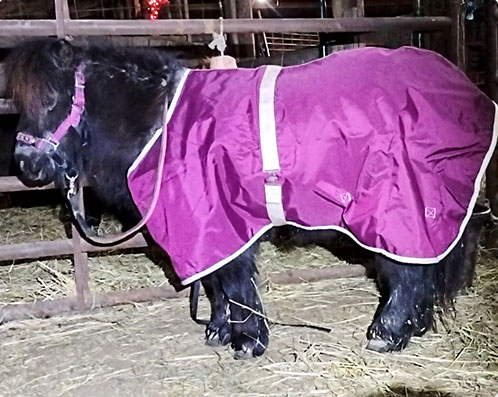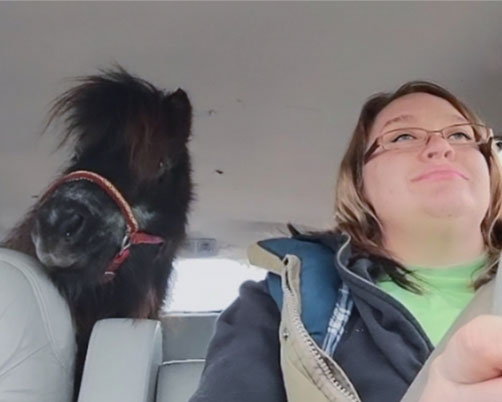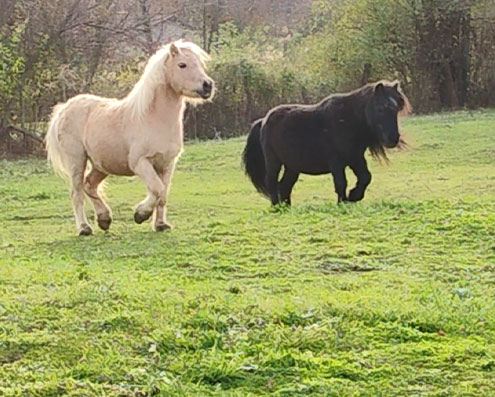Email Address
equineeyes1@gmail.com
Call Us For Support
217-520-5083
Equine Eyes
Miniature Guide Horses. Maximum Independence.
Empowering people who are blind or have low vision—one step at a time.
Equine Eyes
Miniature Guide Horses. Maximum Independence.
Empowering people who are blind or have low vision—one step at a time.
Equine Eyes
Miniature Guide Horses. Maximum Independence.
Empowering people who are blind or have low vision—one step at a time.

Our Mission
At Equine Eyes, we empower individuals with visual disabilities by providing trained miniature horses as service animals. Our mission enhances independence, increases mobility, and improves quality of life through innovative service horse training. Each trained horse is provided to each individual free of charge. By fostering the unique bond between humans and horses, we aim to create a world where every person with visual disabilities can lead a more fulfilling and self-sufficient life, and to enhance the effectiveness of the Americans with Disabilities Act of 1990.
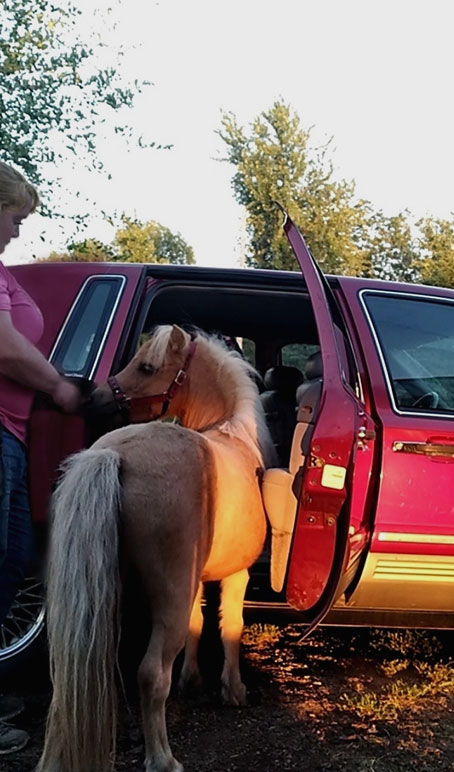
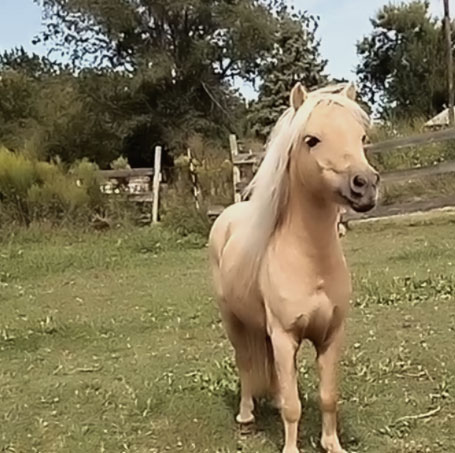
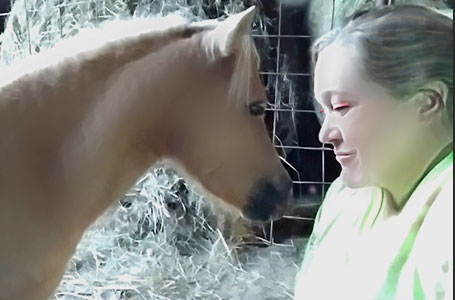
What Our Horses Say
We are a nonprofit organization dedicated to training and placing miniature guide horses—at no cost—to qualified individuals who are blind or have low vision. These remarkable service animals provide safe and reliable mobility assistance, helping their handlers navigate the world.
Our mission is rooted in compassion, innovation, and inclusion. Through our unique approach to service animal training, we aim to expand the possibilities for those living with visual disabilities and uphold the spirit of the Americans with Disabilities Act of 1990 by offering a powerful new option in mobility support.
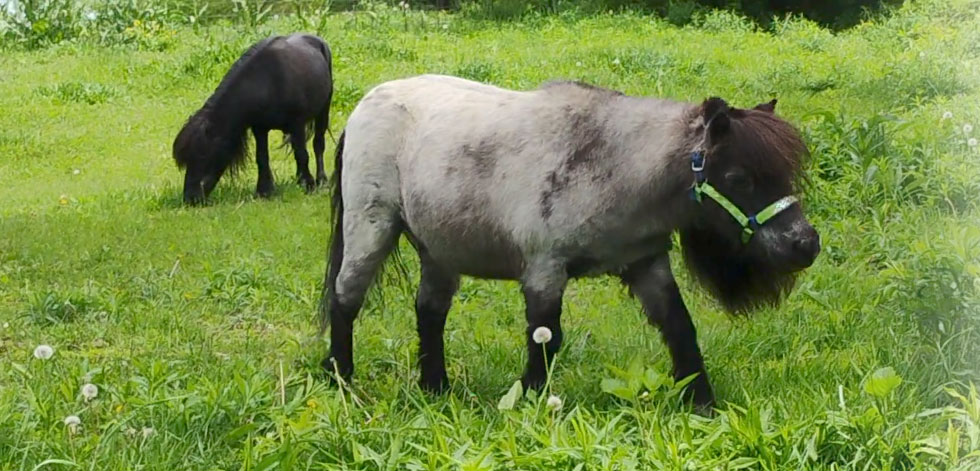
Join us on this journey as we
“Guide In Stride — Where Purpose And Passion Coincide.”
support our GoFundMe campaign -
Our Services
Where Purpose Meets Precision
At Equine Eyes, our training program is the cornerstone of our mission. Training a miniature guide horse is a long-term commitment that requires 12 to 24 months, depending on the horse’s age, maturity, and learning style. Each horse progresses at its own pace, and under no circumstances is a horse rushed or forced. Each miniature horse accepted into our program undergoes a comprehensive, compassionate, and highly specialized training process.
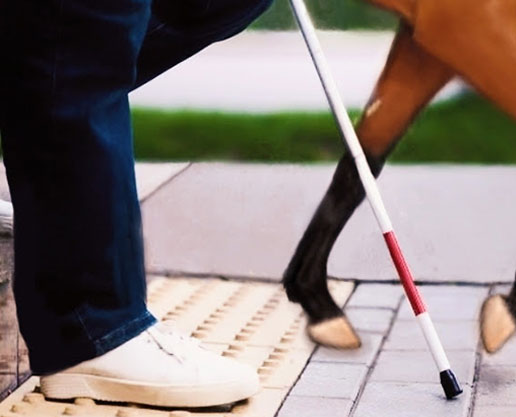
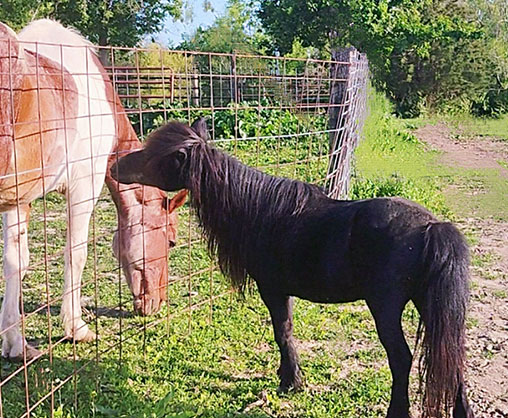
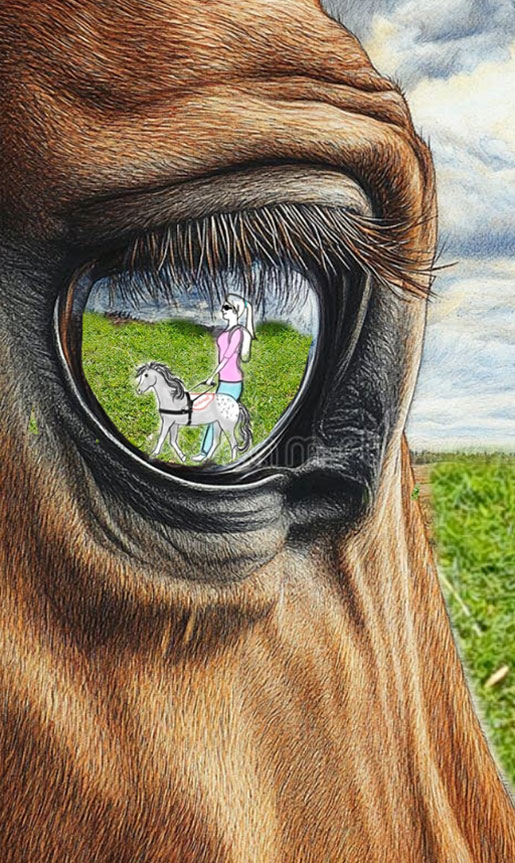
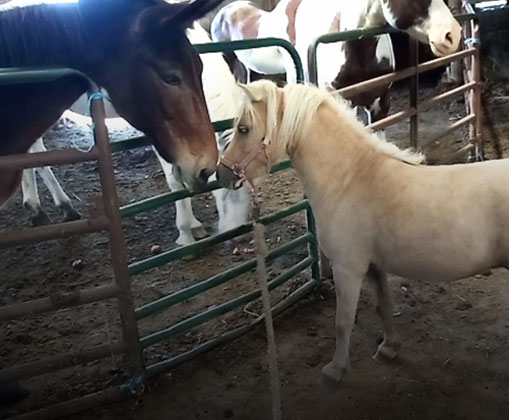
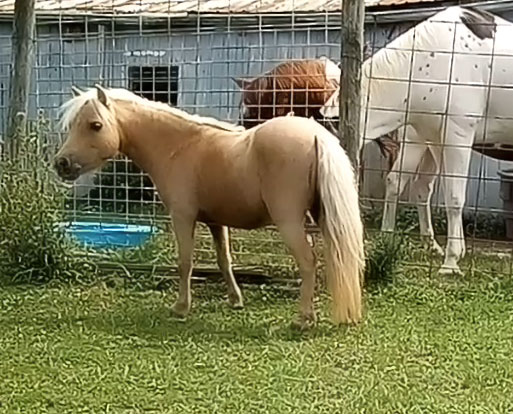
About Equine Eyes
At Equine Eyes, we empower individuals with visual disabilities by providing trained miniature horses as service animals. Our mission enhances independence, increases mobility, and improves quality of life through innovative service horse training. Each trained horse is provided to each individual free of charge. By fostering the unique bond between humans and horses, we aim to create a world where every person with visual disabilities can lead a more
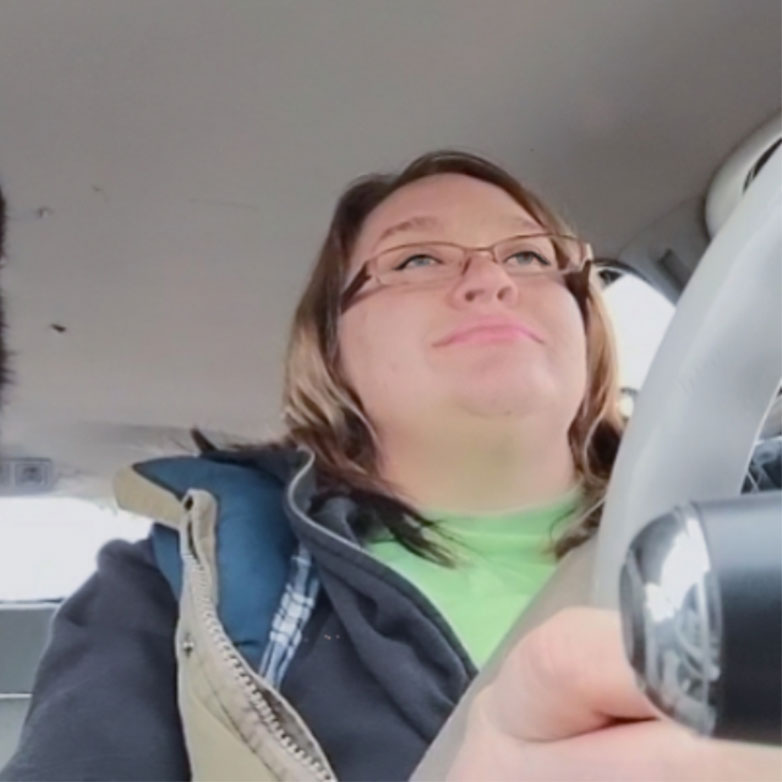
What Customer's Say
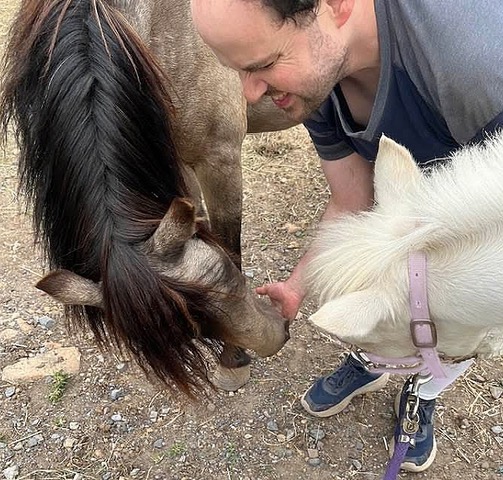
- Josh Kennedy
Equine Eyes
“My name is Josh Kennedy, and I have been blind from birth due to retinopathy of prematurity.”
Horses have been a part of my life since childhood, when I started riding in therapeutic programs at eight years old. Two years ago, when my son began taking lessons at a local farm, I went with him. There, I spent a lot of time with a miniature horse, learning about it and even getting to walk on its right side as if it were a guide horse. Compared to a guide dog I encountered on a field trip several years ago, I immediately trusted the mini much more as a guide—even though it was being led.
I’ve since spent countless hours working with horses and ponies, learning to communicate with them through my sense of touch, my voice, and even through breath contact. When I walked horses back to the pasture after lessons, I noticed them instinctively guiding me in the direction of the pasture without any explicit training to guide a blind person. For me, building trust and a deep bond with horses isn’t just rewarding; it’s essential. Horses are calm, gentle, and seem to instinctively adjust to my blindness in ways that other animals, like dogs or cats, simply don’t. I’ve tried to connect with dogs, but their energy, unpredictable movements, and shorter lifespans just aren’t a good fit for me.
What draws me to the idea of having a guide horse is much more than just practical mobility. Not only will I have more precise navigation than what I would get with a dog, but with a horse, I can build a relationship grounded in mutual trust and understanding, using the sensory ways I interact with the world. Guide horses are steady, live much longer than dogs, and—most importantly—they offer the kind of emotional support and companionship I truly need as a blind person.

- Cali
Equine Eyes
“Excepteur sint occaecat cupidatat non proident”
Lorem ipsum dolor sit amet, consectetur adipiscing elit, sed do eiusmod tempor incididunt ut labore et dolore magna aliqua. Ut enim ad minim veniam, quis nostrud exercitation ullamco laboris nisi ut aliquip ex ea commodo consequat. Duis aute irure dolor in reprehenderit in voluptate velit esse cillum dolore eu fugiat nulla pariatur.

- Mona
Equine Eyes
“Excepteur sint occaecat cupidatat non proident”
Lorem ipsum dolor sit amet, consectetur adipiscing elit, sed do eiusmod tempor incididunt ut labore et dolore magna aliqua. Ut enim ad minim veniam, quis nostrud exercitation ullamco laboris nisi ut aliquip ex ea commodo consequat. Duis aute irure dolor in reprehenderit in voluptate velit esse cillum dolore eu fugiat nulla pariatur.

- Johnathan Doel
Equine Eyes
“Excepteur sint occaecat cupidatat non proident”
Lorem ipsum dolor sit amet, consectetur adipiscing elit, sed do eiusmod tempor incididunt ut labore et dolore magna aliqua. Ut enim ad minim veniam, quis nostrud exercitation ullamco laboris nisi ut aliquip ex ea commodo consequat. Duis aute irure dolor in reprehenderit in voluptate velit esse cillum dolore eu fugiat nulla pariatur.
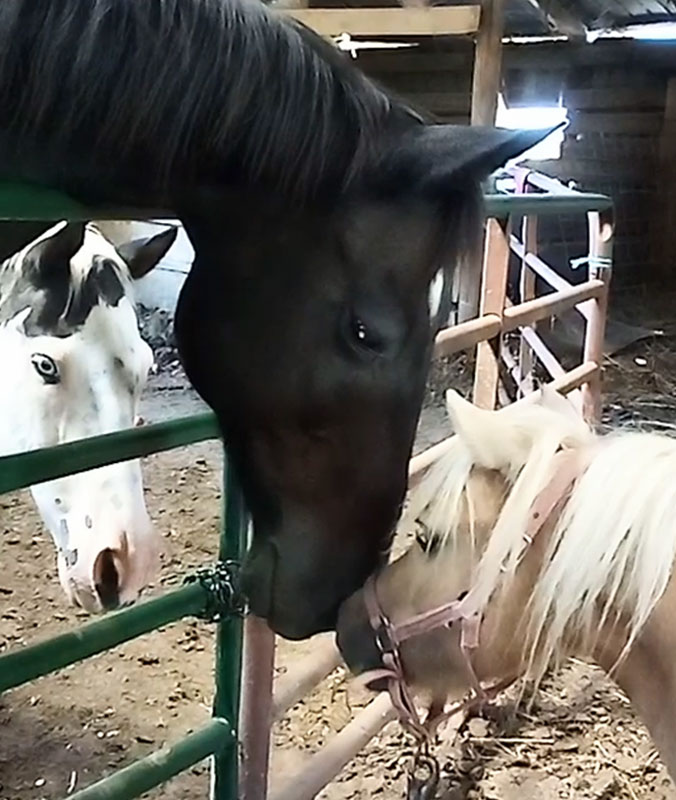
Frequently Asked Questions
Equine Eyes is a nonprofit organization that trains and places miniature guide horses with individuals who are blind or have low vision. Our service horses are provided free of charge to qualified recipients, offering long-term mobility assistance.
Our horses are available to individuals with visual disabilities who demonstrate a need for long-term mobility support and the ability to care for a miniature horse. We assess each applicant to ensure a good match with our program’s goals and responsibilities.
Each horse completes a comprehensive training program that lasts between 12 and 24 months. The program includes positive reinforcement training, desensitization, public access skills, and advanced mobility tasks, such as navigating curbs, avoiding obstacles, and responding to voice commands.
All service horses remain the property of Equine Eyes for life. Recipients lease the horse under an agreement that includes required notification if they can no longer care for the animal. We provide ongoing support and will retrieve the horse if care standards are not met or the handler’s circumstances change.
Yes. Recipients may not breed the horse, must use the horse regularly to mitigate their disability, and must notify Equine Eyes within 48 hours if they are unable to care for the horse due to illness, travel, incarceration, or other life events.
Our horses come from various sources, including breeders, private owners, rescue organizations, and even kill pens. We give many of these animals a second chance through compassionate training and purpose-driven care.
Yes. Equine Eyes provides lifelong support to every horse-handler team. We remain engaged with our recipients to ensure the continued success, and well-being of our miniature guide horses.

